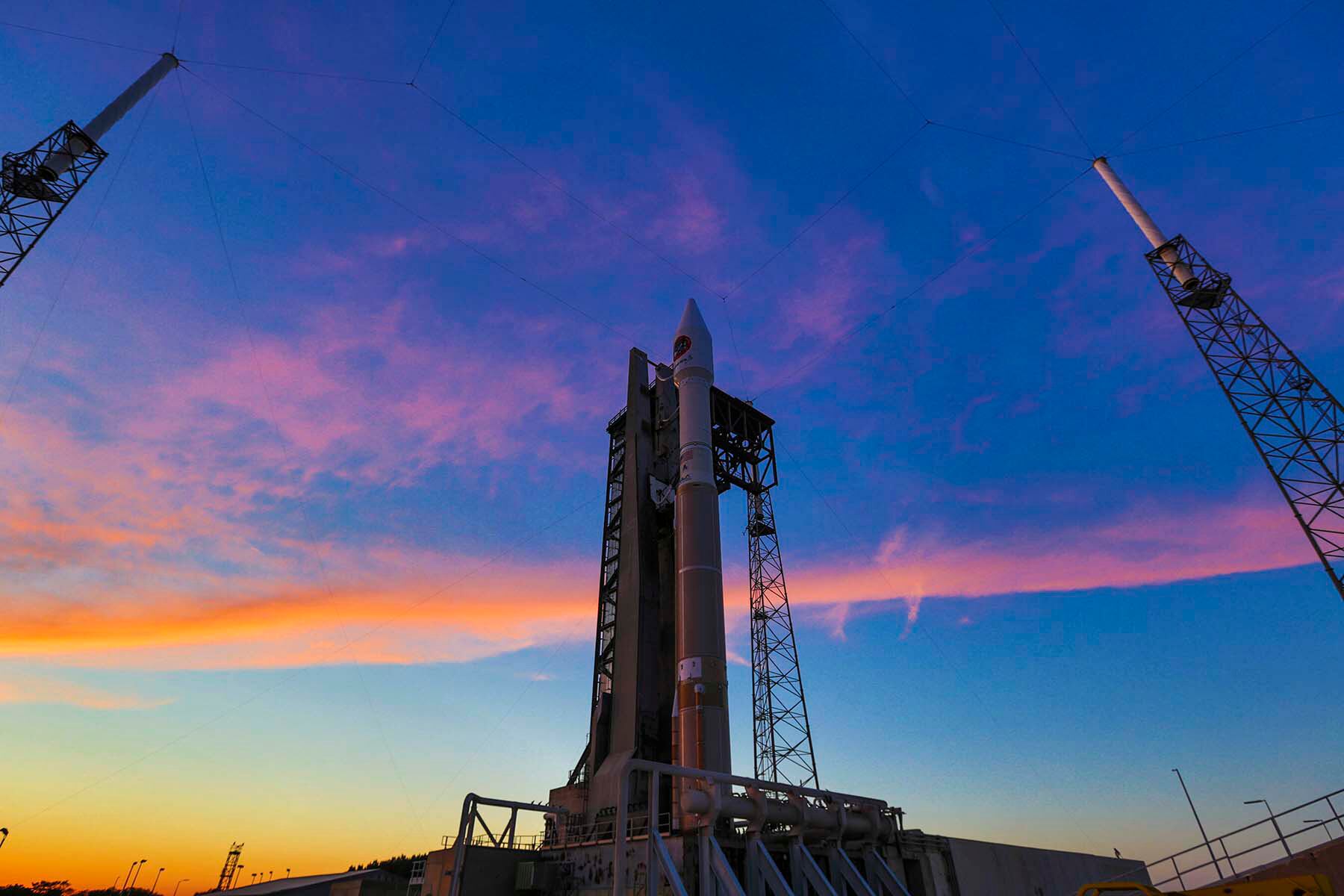SIMI VALLEY, Calif. — The U.S. Air Force’s current schedule for its next-generation missile warning satellites would field an early capability in fiscal 2029, but the head of U.S. Strategic Command called such a timeline “ridiculous” and says industry can do it faster.
The Air Force released a combined sources-sought notification and request for information on Nov. 14 for a follow-on to the Space Based Infrared System, or SBIRS, which provides early-warning capability to the nation’s missile defense system.
Although the notice called the capability an “unusual and compellingly urgent need,” it states that a baseline capability will not be available until at least fiscal 2029.
Speaking at the Reagan National Defense Forum, STRATCOM head Gen. John Hyten recalled a recent meeting at the Pentagon where he was told that “it would be very risky” to deliver SBIRS follow-on satellites before then, even if they were the “functional equivalent” to the current system.
“My requirement from the war fighter is not the same thing we’ve been buying [but] delivered in 2029,” Hyten said during a panel on warfare in space. “My requirement is an agile, good-enough capability that should be delivered significantly in advance of that 2029 date, and I have talked to enough people in industry where I know that that is possible.”
According to the Air Force’s solicitation, the service plans to make operational three geosynchronous satellites and two satellites in polar orbit by FY29, with initial launches in FY25. Further, only Lockheed Martin — the current SBIRS contractor — is likely to have the ability to meet that schedule, the service stated.
Hyten said his requirements are far more simple and could result in the quicker fielding of a next-generation SBIRS capability.
“I want to invest a lot of money into a very good sensor that can do strategic missile warning for this country, and I want to put that sensor on a satellite,” he said. He also wants to repurpose a commercial satellite bus for the mission and reuse current ground systems.
“Boeing can do that. Lockheed can do that. Any of the nation’s industry can do that,” he said. “Why does our process say it takes 12 years and it will be risky whether we can get there from here? That’s ridiculous.”
Air Force Secretary Heather Wilson, who also participated in the panel, appeared to agree with Hyten that the current timeline would be unacceptable — a sign the Air Force could revisit its current plan.
“The great thing is that Gen. Hyten now has the support from the Pentagon that agrees with him, and we are not going to let that happen,” she said.
RELATED

If the Air Force wants to field a SBIRS replacement quicker than that FY29 date, it could change its requirements and incrementally field a larger number of small satellites in low-Earth orbit that, in total, would give the full capability, said Todd Harrison, a defense space analyst at the Center for Strategic and International Studies.
Instead, the service seems to be on the path to continue buying large, geosynchronous orbit satellites, he said.
Hyten also showed interest in moving toward a more disaggregated approach with less expensive satellites.
“There’s not enough money in the budget to keep buying billion-dollar satellites and put them up and try to defend them,” he said. “But if you could make them $200 million satellites, $100 million satellites, all of a sudden all kinds of opportunities open up. We have to go down that path going forward.”
Valerie Insinna is Defense News' air warfare reporter. She previously worked the Navy/congressional beats for Defense Daily, which followed almost three years as a staff writer for National Defense Magazine. Prior to that, she worked as an editorial assistant for the Tokyo Shimbun’s Washington bureau.







